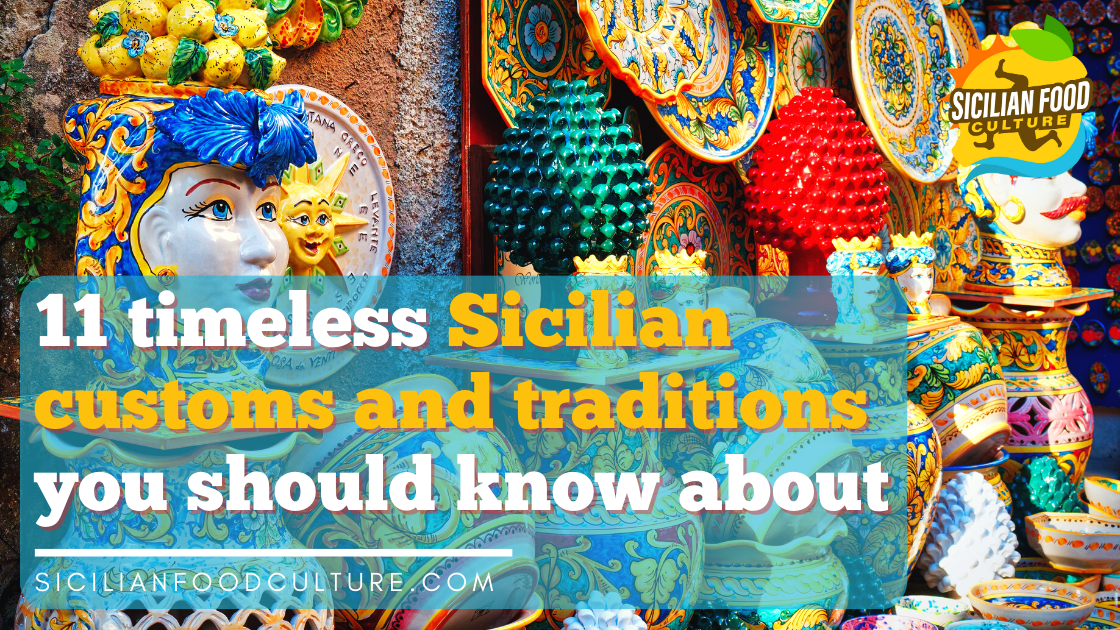The headscarf, a seemingly simple piece of fabric, plays a profound role in Sicilian culture, serving not only as a functional garment but also as an intricate emblem of tradition, identity, and social norms. Rooted in a historical context where practicality meets aesthetic sensibility, headscarves in Sicily encompass a plethora of styles, meanings, and usages that vary across different demographics and occasions.
To fully appreciate the role of headscarves in Sicilian culture, one must delve into their historical significance. Traditionally, headscarves have been worn by Sicilian women for generations. They were originally practical, shielding hair from dust and sun while working outdoors or in fields. Over time, these utilitarian pieces evolved into significant cultural markers. The advent of various fabric types and colors allowed for personal expression. Richly embroidered or brightly patterned scarves can denote social status and regional identity, while the choice of fabric—be it cotton, silk, or even lace—can reflect the occasion on which they are worn.
Beyond their historical roots, headscarves encapsulate vital cultural narratives. In many villages across Sicily, the act of wearing a headscarf symbolizes respectability and modesty for women. The subtle, yet clear, distinction between a woman who chooses to wear a scarf and one who does not can evoke differing societal perceptions. For many, wearing a headscarf serves as an act of adherence to traditional values, rooted deeply in Catholicism and a patriarchal societal structure. The headscarf is thus not merely an accessory; it becomes a tapestry of beliefs and values woven into the very fabric of daily life.
Moreover, headscarves carry significant implications during religious ceremonies and festivals. Sicilian women often wear elaborately designed scarves during solemn occasions such as weddings, and religious festivals, and feast days dedicated to patron saints. The design of the scarf can vary remarkably from one event to another. For instance, during the Feast of Santa Rosalia in Palermo, women adorn themselves in vibrant scarves, often reflecting the celebratory nature of the festival while simultaneously paying homage to the saint.
Regional variations in headscarf styles can also be observed throughout Sicily. In the more rural areas, traditional patterns often include floral or paisley designs, rich in heritage and history. In contrast, urban centers like Palermo may see a blend of modern design elements incorporated into traditional styles, leading to a renaissance of headscarf fashion among younger generations. This juxtaposition of old and new not only represents a dynamic cultural landscape but also highlights the adaptability of Sicilian women as they navigate contemporary society.
The social significance of headscarves extends beyond aesthetics and functionality. They often serve as symbols of solidarity and community. In many cases, a woman’s choice to wear a scarf can encapsulate her affiliation with a particular social group or movement, thereby fostering a sense of belonging. For instance, women participating in labor movements or social activism may adopt certain styles or colors of headscarves to signify their commitment to a cause. This practice illustrates the duality of the headscarf—as a manifestation of personal choice while simultaneously functioning as a cultural emblem of collective identity.
As globalization continues to interlace cultures worldwide, the headscarf in Sicilian society faces new interpretations and adaptations. Younger generations, while rooted in tradition, often find themselves challenged by contemporary fashion norms, leading to innovative reinterpretations of classic styles. This duality presents a fascinating cultural dialogue; young Sicilian women may choose to wear headscarves in ways that defy traditional expectations, marrying modern fashion with historical significance. The headscarf can be worn casually, as a stylish accessory, or remain a staple in traditional attire, depending on the occasion.
The notion of headscarves as cultural artifacts is further enriched by artistic representations in literature and visual arts, where they are often depicted as symbols of femininity, customs, and societal roles. Artists and writers frequently draw upon the image of a woman in a headscarf to evoke themes of nostalgia, beauty, and cultural legacy. This portrayal reinforces the idea that headscarves are not just personal accessories but are interwoven with broader narratives of identity, tradition, and the passage of time.
Examining the contemporary sphere, it is worth noting the increased visibility of headscarves in the fashion industry. Designers often draw inspiration from traditional Sicilian styles, repurposing them for global fashion markets. This trend has incited a renewed interest in headscarves among diverse audiences, demonstrating how traditional clothing can transcend geographic boundaries while simultaneously celebrating local heritage. Such adaptations bridge cultures, allowing for the preservation of Sicilian identity while embracing modernity.
Ultimately, headscarves in Sicilian culture embody a rich tapestry of meaning that goes far beyond mere fashion. They serve as markers of history, tradition, identity, and personal expression. As Sicily continues to evolve, the headscarf remains a poignant symbol that unites generations, encapsulating the spirit of a culture that is resilient, adaptive, and deeply interconnected with the values of its people. The exploration of headscarves is not just an inquiry into a cultural artifact; it is a journey into the heart of Sicily itself—an enduring celebration of identity, heritage, and community.

